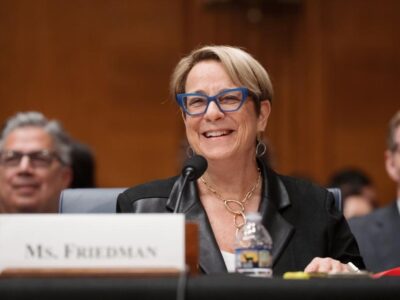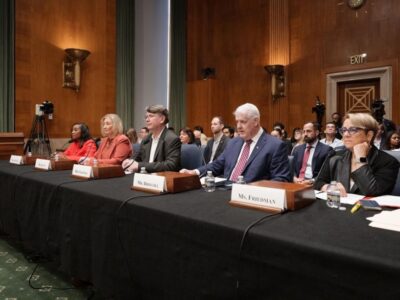Expanding Retirement Coverage Highlights:
The Latest on Expanding Retirement Coverage:

PRC Executive Director Testifies on Retirement Income Solutions
Karen Friedman, the Pension Rights Center’s Executive Director, recently testified before the U.S. Senate’s Committee on Health, Education, Labor and Pensions (HELP) on expanding coverage for the millions of private sector workers not covered by or participating in an employer-sponsored retirement benefit plan. Karen’s goal was to make the Senators aware that retirement insecurity is […]

PRC’s Written Testimony to the Senate HELP Committee
Written testimony provided to the Senate Committee on Health, Education, Labor, and Pensions by Karen Friedman on behalf of the Pension Rights Center. Friedman testified before the Committee on July 17, 2025 to urge Congress to take steps to improve the retirement income security of American workers.

PRC Calls on Congress to Enhance Retirees’ Financial Security
Pension Rights Center (PRC) Executive Director Karen Friedman testified before the Senate Health Education, Labor and Pension (HELP) Committee during a July 17th hearing entitled “Freedom to Work: Unlocking Benefits for Independent Workers.” Friedman told members of the Committee that they must act to address Americans’ justifiable fear of having insufficient resources and income to […]

Boeing Workers Nix Tentative Contract, Demand Pension Restoration
By David Brandolph American workers are increasingly demanding that their employers restore their traditional defined benefit pension plan, making the issue a principal ask in collective bargaining. The latest example of how highly workers value pensions was the overwhelming (64%) rejection by members of the International Association of Machinists and Aerospace Workers (IAM) in Seattle, […]





